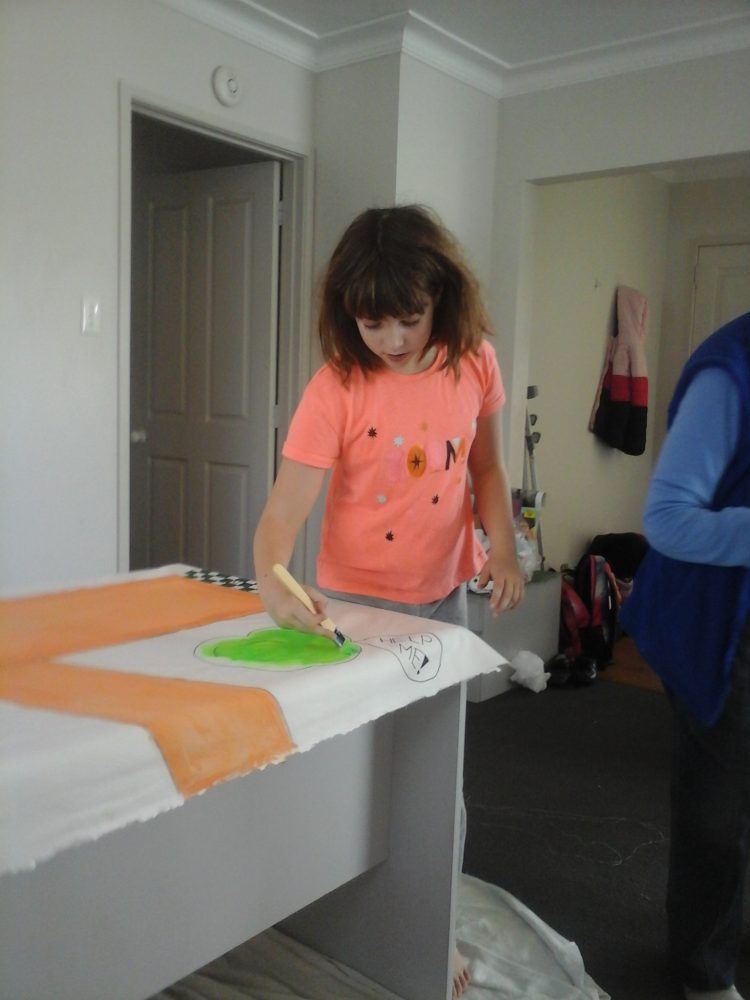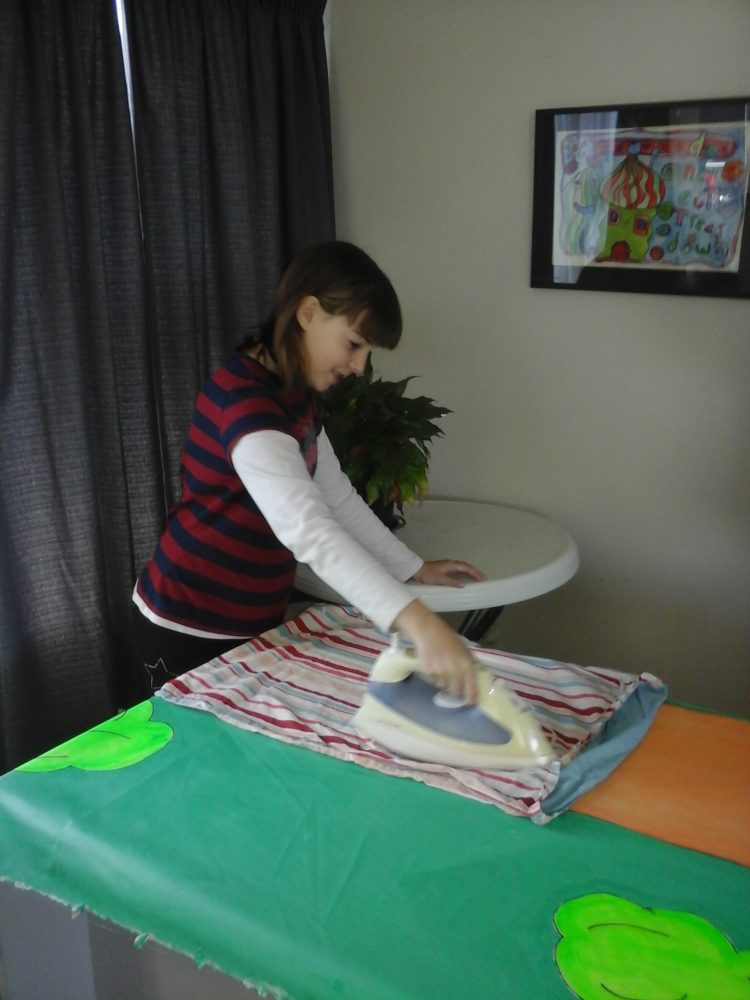Save our Kauri
This game is adapted from one created by Ayla (age 11) from Northland.
Our magnificent kauri trees are facing extinction from a disease called kauri dieback. It’s caused by a type of water mould called Phytophthora agathidicida (said “fy-toe-fith-thor-a ag-ga-thid-diss-id-da”) that attacks a kauri’s root system. Its spores are teeny-tiny, smart, and tough.
See how easy it is to spread kauri dieback with this game.
Here’s Ayla’s questions for her question cards:
What is K.D? A tree disease caused by a water mould
What can be the first symptom? Kauri gum bleeds from the roots
How do you spread it? By stepping on kauri tree roots, and not cleaning your shoes and gear
How can you stop it? By washing your shoes twice
True or false, K.D causing mould lives in the dirt? True
When was K.D first found? 2009
How long can kauri live for? 1000 yrs or more
Are other trees affected by K.D? No
KCC’s Kauri Dieback Fact File:
- Kauri are big and magnificent – one of Aotearoa’s Upper North Island taonga. They are so important to the ecosystem of native forests there.
- Kauri are facing extinction because of a tree disease called kauri dieback.
- Kauri dieback is called by a type of water mould called Phytophtora agathidicida (said, “fy-toe-fith-thor-a ag-ag-thid-diss-id-da”).
- The water mould is a living thing. It makes lots of different types of spores and structures to spread itself, infect, and damage the root system of kauri.
- It’s oospores (resting spore) are so teeny-tiny that they can live in just a pin-head of soil. They’re moved around super easily.
- The zoospores (swimming spores) are very smart. They can sense where kauri roots are, and, using their tail like flagella, move through the wet soil to get to them and attach.
- Phytophthora agathidicida is tought. It can live in soil for many years, even if there are no kauri around. It can live on our shoes and gear for up to six years!
- Infected trees lose their ability to get water and nutrients from the soil, and transport it up to the canopy (the top of the tree).
- Sick trees can look unhealthy – yellow leaves, bleeding gum, thinning canopy, and dead branches – but often, you would’nt even be able to tell a tree is sick by looking at it.
Here’s some photos of Ayla making her game board:


